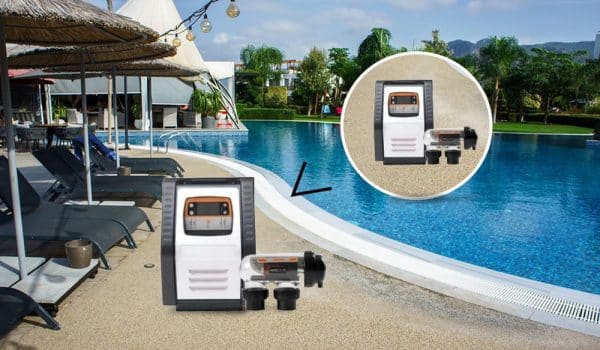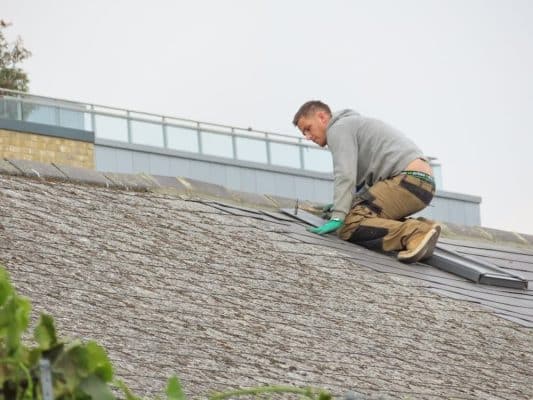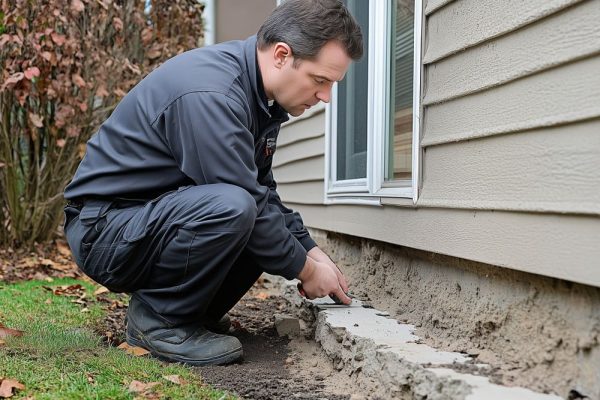
Having a good filter in your AC unit is always a good idea. It will protect the equipment while giving you and your loved ones cleaner air to breathe. A good quality filter does not need to represent a big investment. It is possible to purchase 20x20x1 air filters in bulk, say in a package of 6, and save a considerable amount over the price you would be charged for a single one. However, you may be wondering whether you should spend more to get a higher-rated filter and what difference that would make to your home’s quality of the air. Let’s see.
What type of air filter do I have?
If you don’t know the MERV rating for your air conditioner filter, you are not alone. Most people rely either on the technician who services their equipment to inspect their unit and change the filter, or they simply buy a new filter similar to the one they are replacing without giving it much thought. However, you may be surprised to find out that you are using a very basic filter with no MERV rating and missing an opportunity to care for your AC system and improve the air in your home.
It may be worth your while to look at the type of filter that the manufacturer recommends for your particular equipment. Most likely, if you see a recommendation for a MERV filter with a rating between 1 and 6, you are getting a filter that will protect the HVAC equipment, while if you go with a higher rating, between 7 and 13, you will get one that will also protect the quality of air in your home.
Should I then go for the highest-rated filter?
The answer is: not necessarily. There is a valid concern as to whether increasing the filter’s rating will actually end up affecting parts of your HVAC system or even restricting the airflow. Reducing the airflow can have unexpected and far-reaching consequences. Before buying an air filter based solely on its MERV rating, make an informed decision.

MERV Ratings and Airflow
The higher the MERV rating a filter has, the more airflow that will be reduced. Still, many factors must be taken into account when buying a filter. To begin with, you need to know what size you need and what type of motor your HVAC system has.
Keep in mind that AC filters are generally the main form through which particles in the air can be removed in residential and commercial settings. And although this is undoubtedly important for the respiratory health of those who live or work in these spaces, you also have to consider the fact that a filter with a high rating will reduce the airflow, something most homeowners never worry about.
It has been argued that going for a high-efficiency filter will end up costing homeowners in the increases they will see in their energy bills, but the conclusion is that the impact higher-rating filters have on energy bills is not significant enough to make this a consideration.
What factors should I keep in mind when thinking about air filters and airflow?
There are three factors that interact here. These are:
The size of the filter – This is because a filer with a large face area will result in a reduction in pressure drops.
The efficiency of the filter – MERV ratings immediately impact airflow. The higher the rating, the lower the airflow.
Motor type – Check to see whether your unit has an ECM or a PSC blower motor since this will play a role in airflow. ECMs maintain airflow while using more energy, while PSC motors will use the same amount of energy but give you less airflow.
Filter Size and Airflow
In general, the larger the filter your unit uses, the more airflow will circulate through your AC system. This means the depth, width, and length of your filter. The larger the face area of your filter, the less pressure drop it will produce.
Even though higher-rated filters will produce higher pressure drops, you can maximize airflow by maximizing the filter’s face area. To achieve this, increase the width of your filter by covering as much of the slot area in which the filter is inserted. Otherwise, use a filter with a larger depth. This can be achieved by installing a 2-inch pleated filter where you may now have only a 1-inch one.








